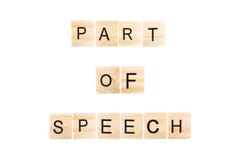

Verbs refer to the subject of the sentence and express actions, events, or states of being.Įxamples: run, talk, be, eat, drink, play, think, go, find, believe, know, write, studyĪdverbs modify or add information to verbs, adjectives and other adverbs.Įxamples: very, quickly, soon, too, almost, rather There are many different types of pronouns: personal, demonstrative, definite, indefinite, interogative, possessive, relative, reflexive and intensive. Pronouns are words that take the place (substitute for) nouns.Įxamples: we, you, he, him, her, his, mine, yours, someone, these, those. There are many different types of nouns: common, proper, abstract, concrete, countable, uncountable, singular, plural, collective, compound and possessive. Nouns are used to name people, animals, places, ideas or things.Įxamples: car, elephant, Michael, Dr. This section provides a brief overview of each of the parts of speech and you can click on each type to get more detailed information, examples and practices exercises.

Here, "saw" is used first as a verb and then as a noun). For example: I saw him use the saw to cut the wood. (This is important to know because some words can be nouns, verbs or adjectives. The parts of speech explain how a word is used in a sentence. Some words can fit into more than one word type. All English words fit into one of these word types. There are eight parts of speech in English: nouns, pronouns, adjectives, verbs, adverbs, prepositions, conjunctions and interjections.


 0 kommentar(er)
0 kommentar(er)
